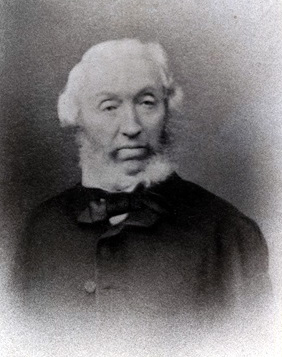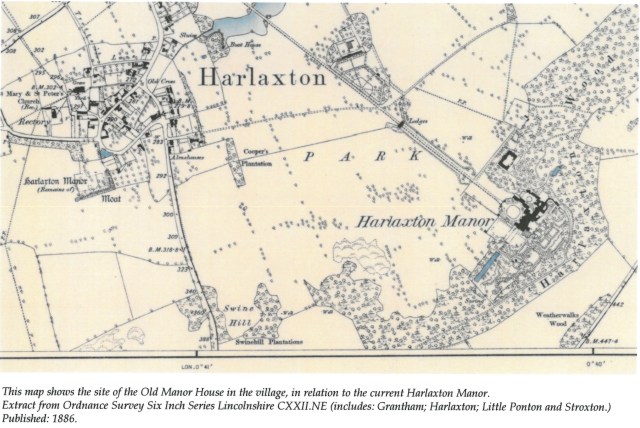
Hungerton Hall (Photograph by Linda Dawes)
A Manor on the Move
Architectural styles of the Manor home developed along with social changes of the time. Hungerton Hall’s neo-classical Georgian architecture, with little ornamentation and a focus on clean lines and mathematical proportion, had become much too bland for many architects by the time the new Harlaxton Manor was built. Architects turned instead to the creation of stately homes that emphasised Romantic design.
1831

Anthony Salvin (1799-1881)
Anthony Salvin, the leading architect for the building of the ‘new’ Harlaxton Manor, commissioned his assistant, James Deason, to create a series of sketches of the ‘old’ Manor.
Building Plans
In preparation to build his new Manor home, Gregory Gregory visited numerous architectural masterpieces in the United Kingdom and abroad. Locally, he focused on the stately homes of Bramshill, Hardwick, Hatfield, Knole, Burghley, Wollaton, Kirby, Longleat, and Temple Newsham. Gregory hired Anthony Salvin, the architect that led restoration on the Tower of London and Windsor Castle, to help him realize his vision. Years before the original Manor was demolished, Salvin commissioned his assistant, James Deason, to create sketches of specific details to be used later for inspiration for the new Harlaxton Manor.
Deason sketches in the RIBA Image Collection
1832
The building of the ‘new’ Manor commenced.

